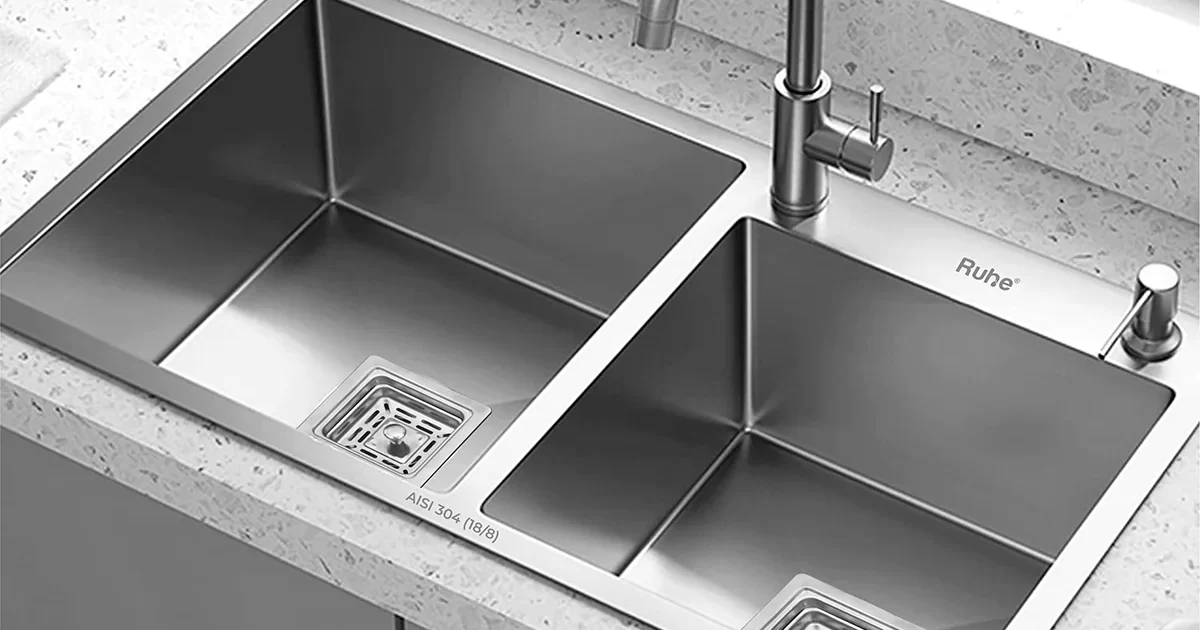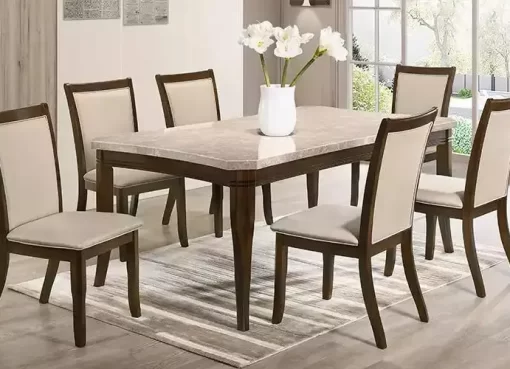Installation or replacement costs depend upon several factors. Most notable among them is material composition – sinks made with more expensive materials or specific brands typically cost more.
Location can also play an essential role in helping homeowners cut costs. They may find ways to do so by gathering quotes and comparing prices in their area.
Price
As one of the most frequently used kitchen fixtures, sinks must withstand regular wear and tear over time. To find one within your budget is also important when shopping for new sinks.
Cost of sinks depends on various factors, including type, material and installation style. Stainless steel sinks tend to be the least costly option; however copper or cast iron ones could increase dramatically in cost.
Bar sinks are compact options that add modern flair to any kitchen, while farmhouse or apron-front sinks feature larger sizes with exposed front surfaces that sit against your countertop and offer seamless integration in your space. Drop-in models may be less costly but provide seamless elegance when coupled with add-ons like garbage disposals, soap dispensers or sink grids which could further increase overall cost.
Material
There are various materials for you to select when it comes to kitchen sink materials. Popular options are stainless steel, solid surface, and composite; depending on how often and for what purposes your cook space is used, additional high-end materials like marble or copper may also be worthy of consideration.
For a durable yet lightweight sink option, stainless steel sinks are an excellent choice. Being water-resistant, stainless steel stands up well to daily kitchen wear-and-tear while being scratch-resistant; however, be wary if using harsh cleaning chemicals or dropping hard items onto it as this could leave permanent marks behind.
Copper is another popular option, valued for its attractive colors and antimicrobial properties. While copper is relatively easy to maintain and clean up after, sealing frequently to prevent oxidation should still be performed regularly to preserve its beauty. Fireclay features dense nonporous glaze surface that resists heat and scratches; however, professional installation must take place as this option can be very heavy.
Style
No matter if it’s part of a complete kitchen renovation or just upgrading an older model, there is an array of styles and sizes to consider when replacing or upgrading a sink. Each has their own advantages and disadvantages which should be carefully considered when making this decision.
porcelain sinks are easy to maintain and feature an elegant appearance, but they may become damaged over time. Minor chips may be repaired but more serious damages require replacement of the entire unit.
Stainless steel sinks are the go-to choice because they’re durable and affordable, but there are other options such as enameled cast iron, granite or copper sinks which each offer their own distinct style and price point. For an updated modern aesthetic consider a double bowl sink that allows you to separate dirty from clean dishes as well as serving as a bar sink for entertaining guests. Alternatively a farmhouse sink – with deep exposed bowls – works wonderfully in cozy country kitchens.
Installation
Installation of a kitchen sink typically entails plumbing repairs or replacement, countertop replacements, faucet installation, garbage disposal installation and other kitchen sink accessories. The price of a new sink depends on its type and materials used; larger, more costly sinks will incur higher installation costs while ones featuring intricate designs will likely be more costly than ones without.
A stainless steel sink is relatively cheap and lightweight while offering long-term reliability in your busy kitchen. Unfortunately, porcelain is more durable and resistant to scratches and dents; however, repair kits for minor chips may still need to be purchased; eventually the entire sink may need to be replaced.
Dual-basin kitchen sinks are an attractive and practical choice for family homes and large apartments alike, offering two basins – one to wash dishes while soaking, the other for rinsing, drying and storing food – designed for convenience. Most models feature individual drains for each basin as well as new faucet installations to complete this set-up.





